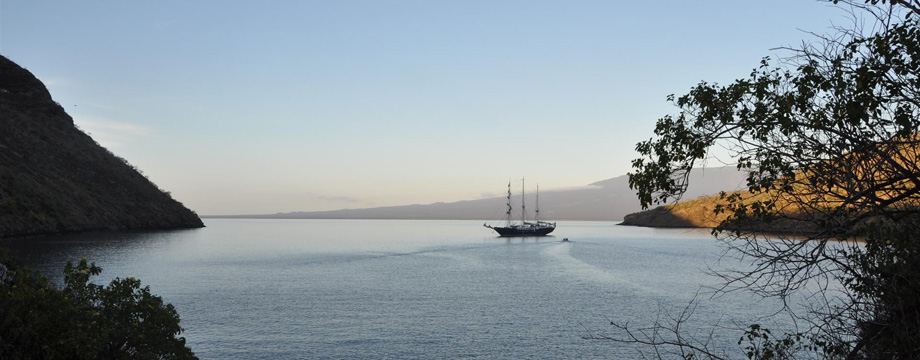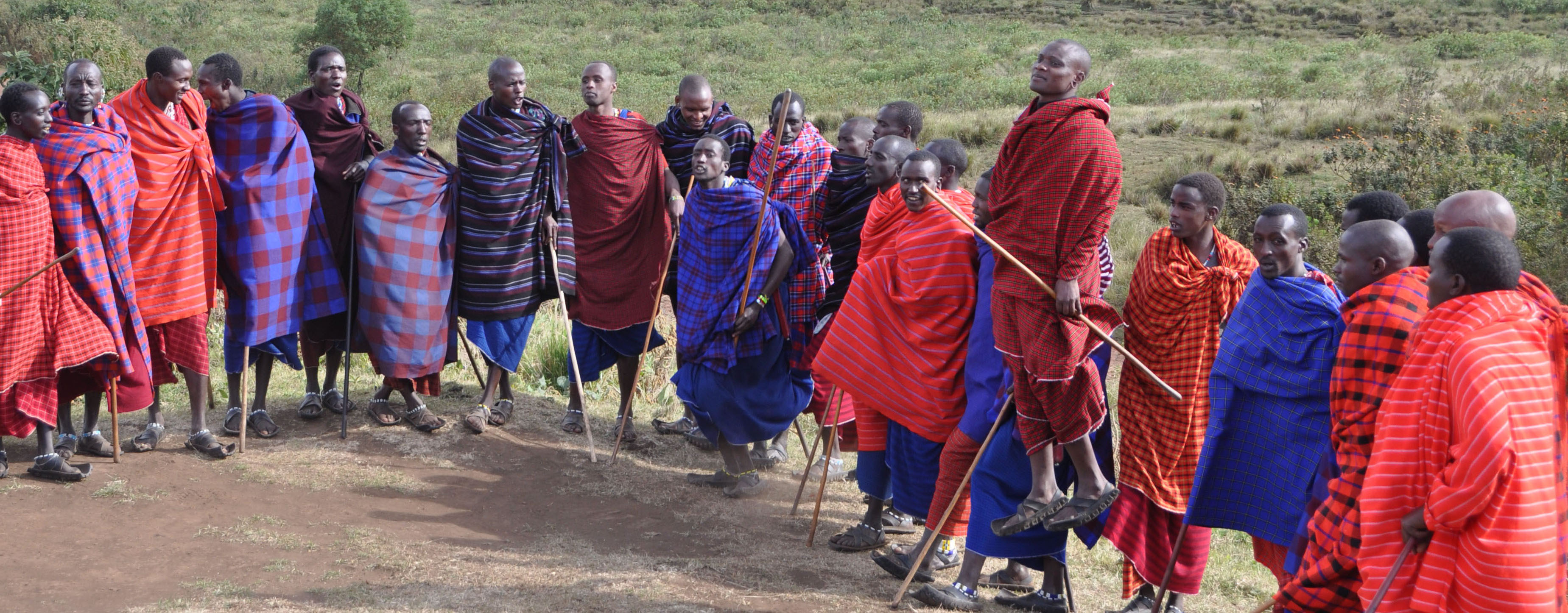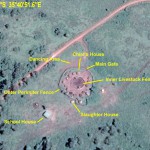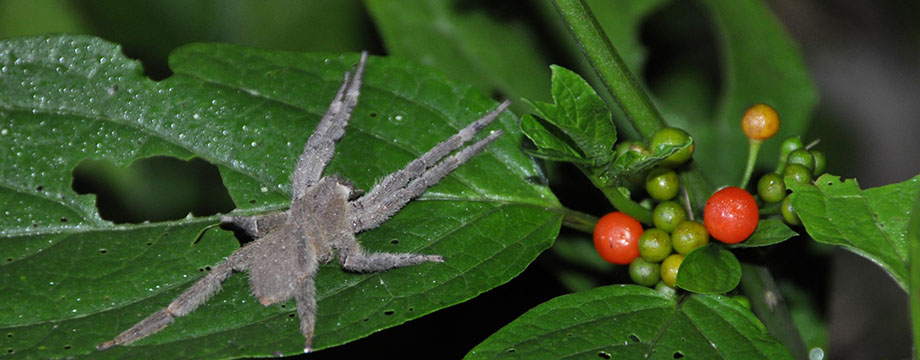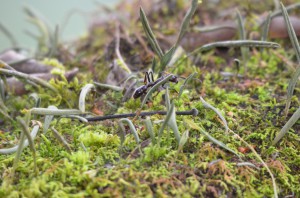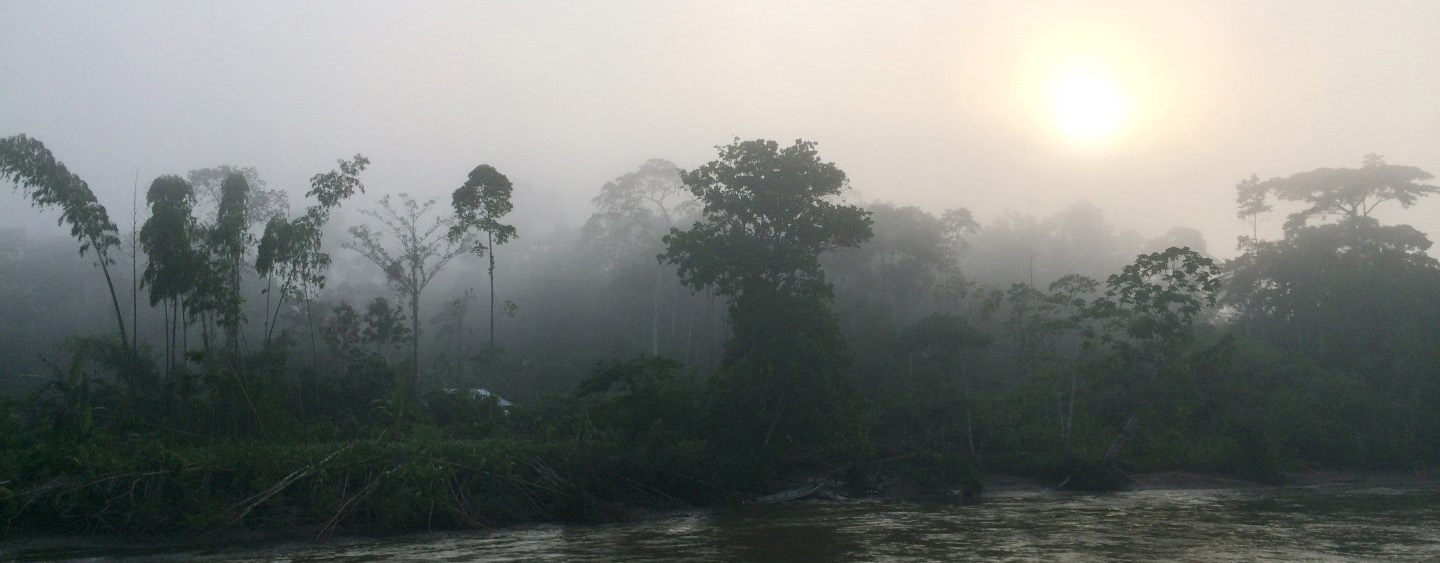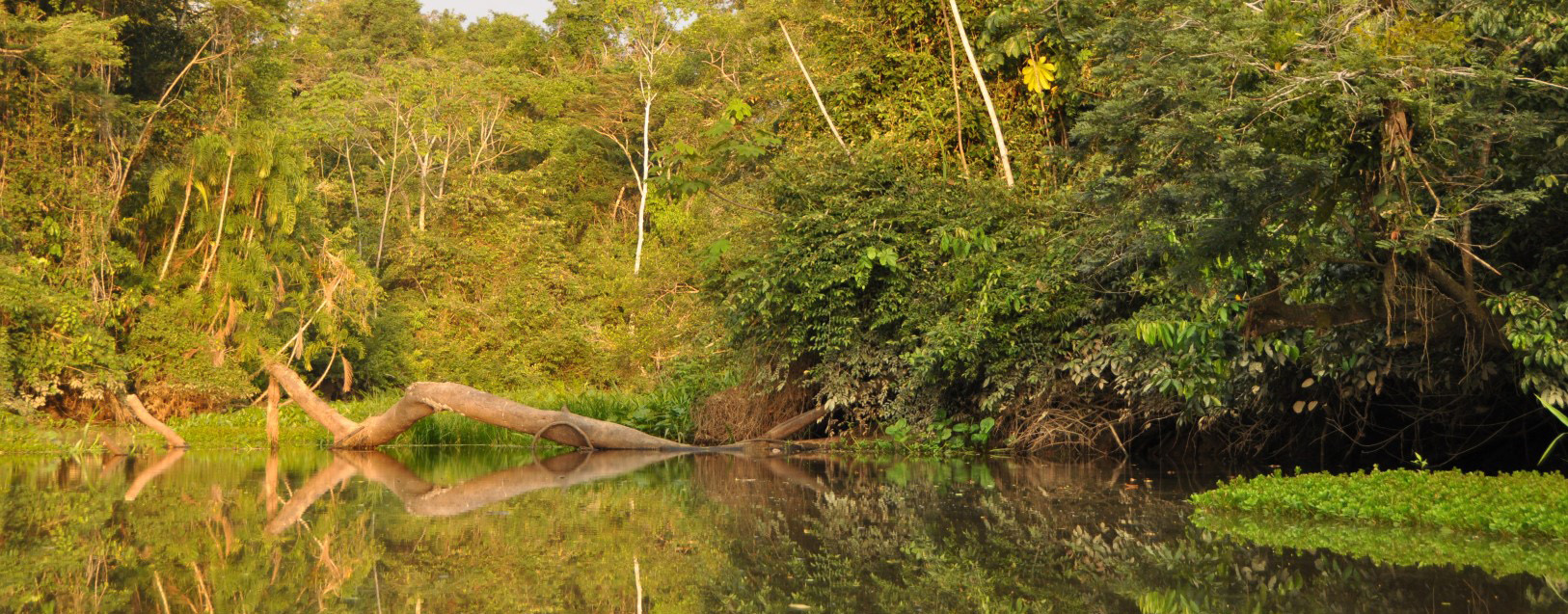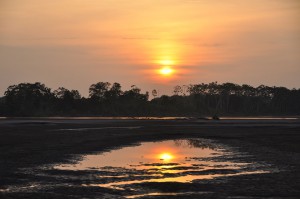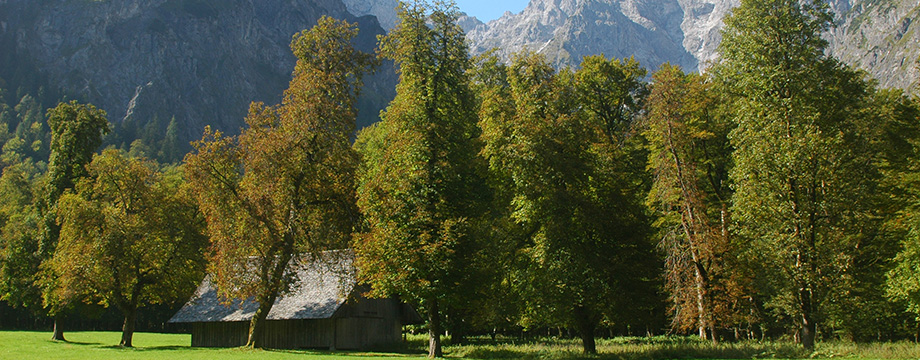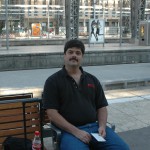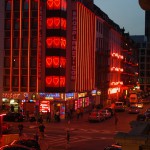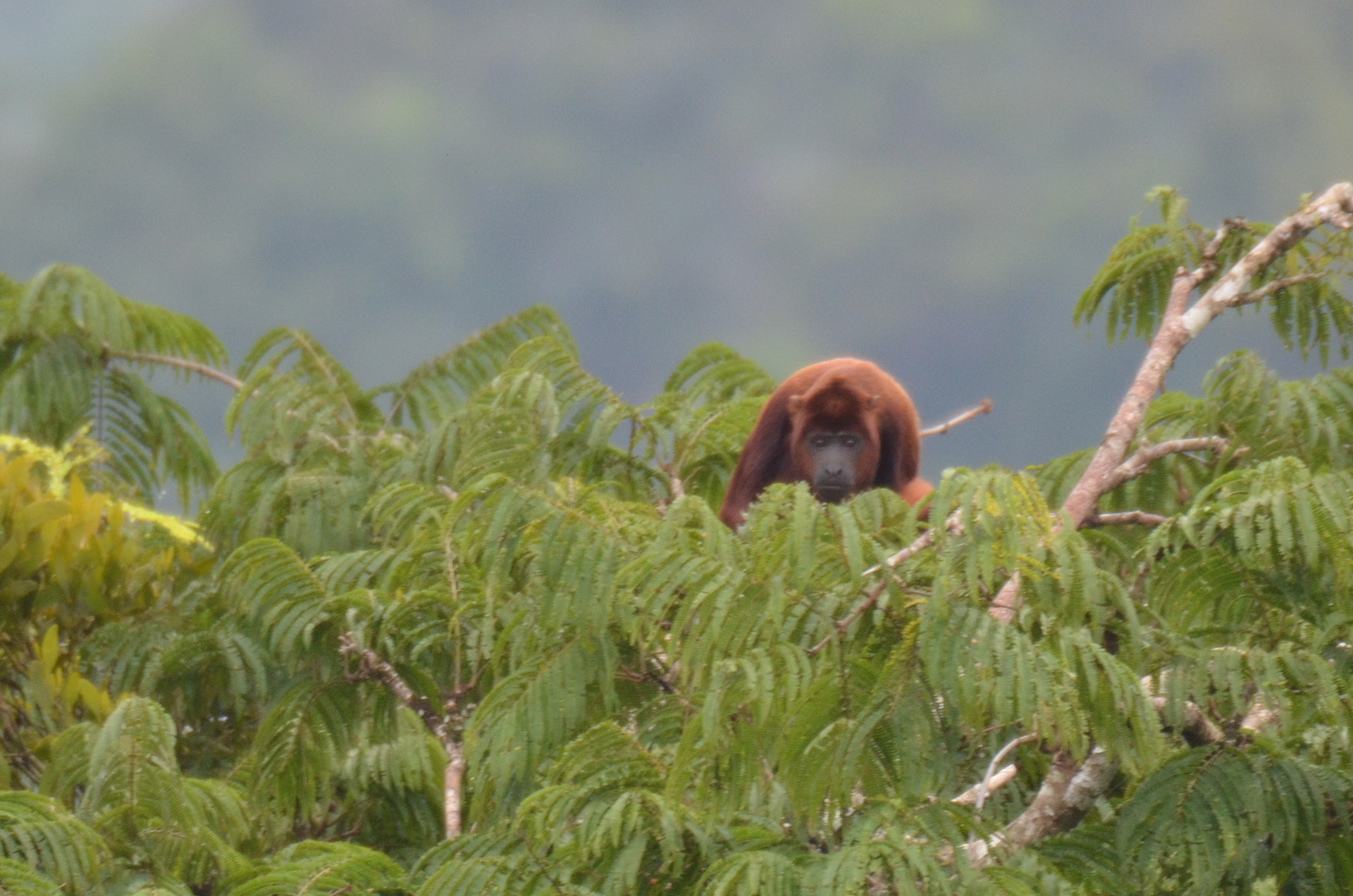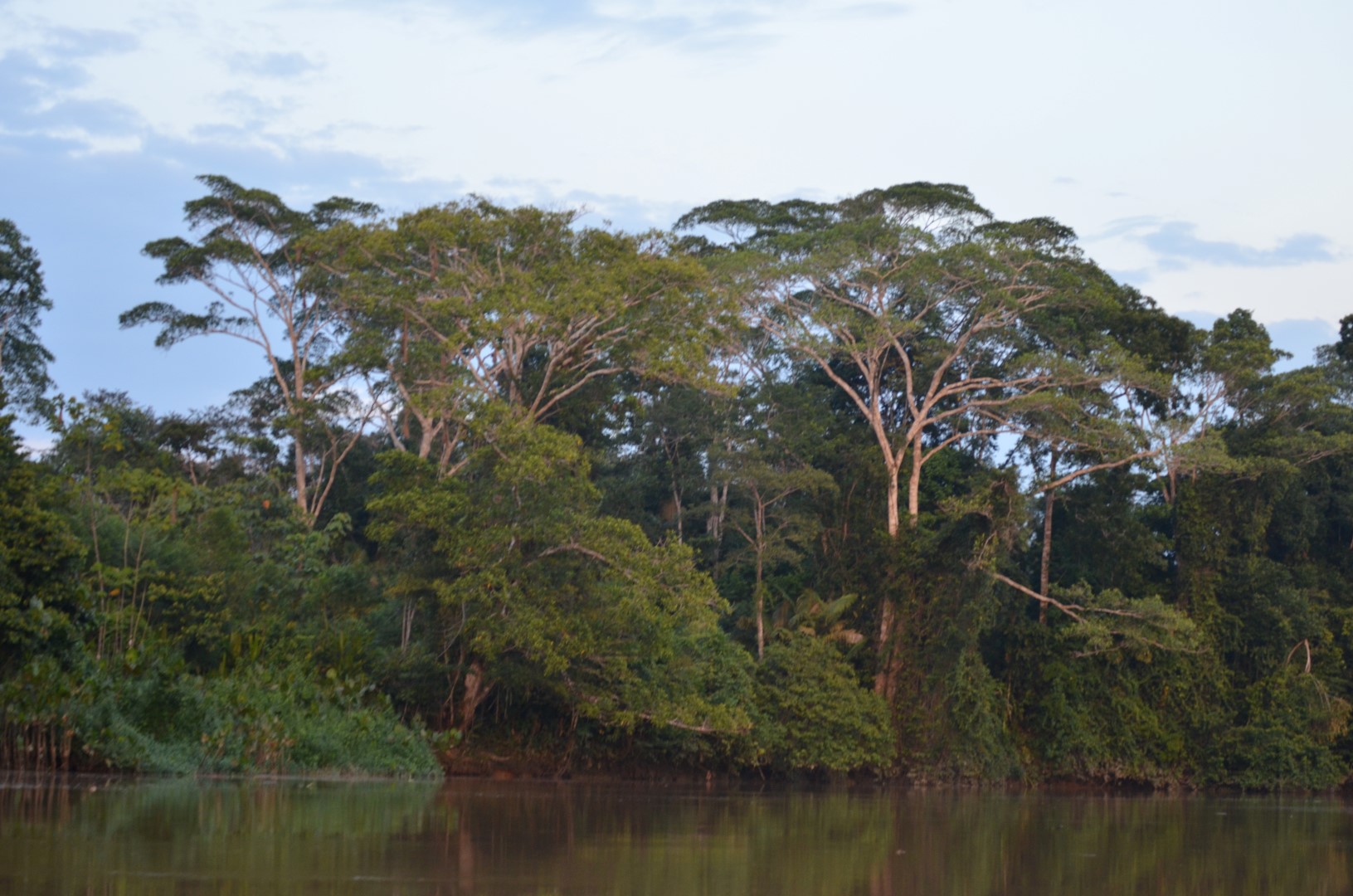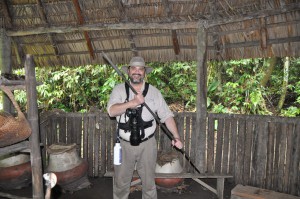The Maasai are a semi-nomadic ethnic group of people living in southern Kenya and northern Tanzania. (Wikipedia: Maasai People)
We visited a family unit in their village one afternoon after a game drive through the Ngorongoro Crater. The family consisted of a man, his 15 wives, and their dozens of children. The village we visited was located just outside Ngorongoro Crater at -3.129148, 35.681014.Upon arrival just outside the village we were greeted by the chief’s eldest son. I paid him $50 to allow unfettered access to the village and permission to take photographs of the people and structures. When we first arrived in Africa our guide explained that people here are generally very private and do not like their photo being taken. But, they are willing overlook this for a little cash, and $50 goes a really long way in a remote village like this.
Read more →
